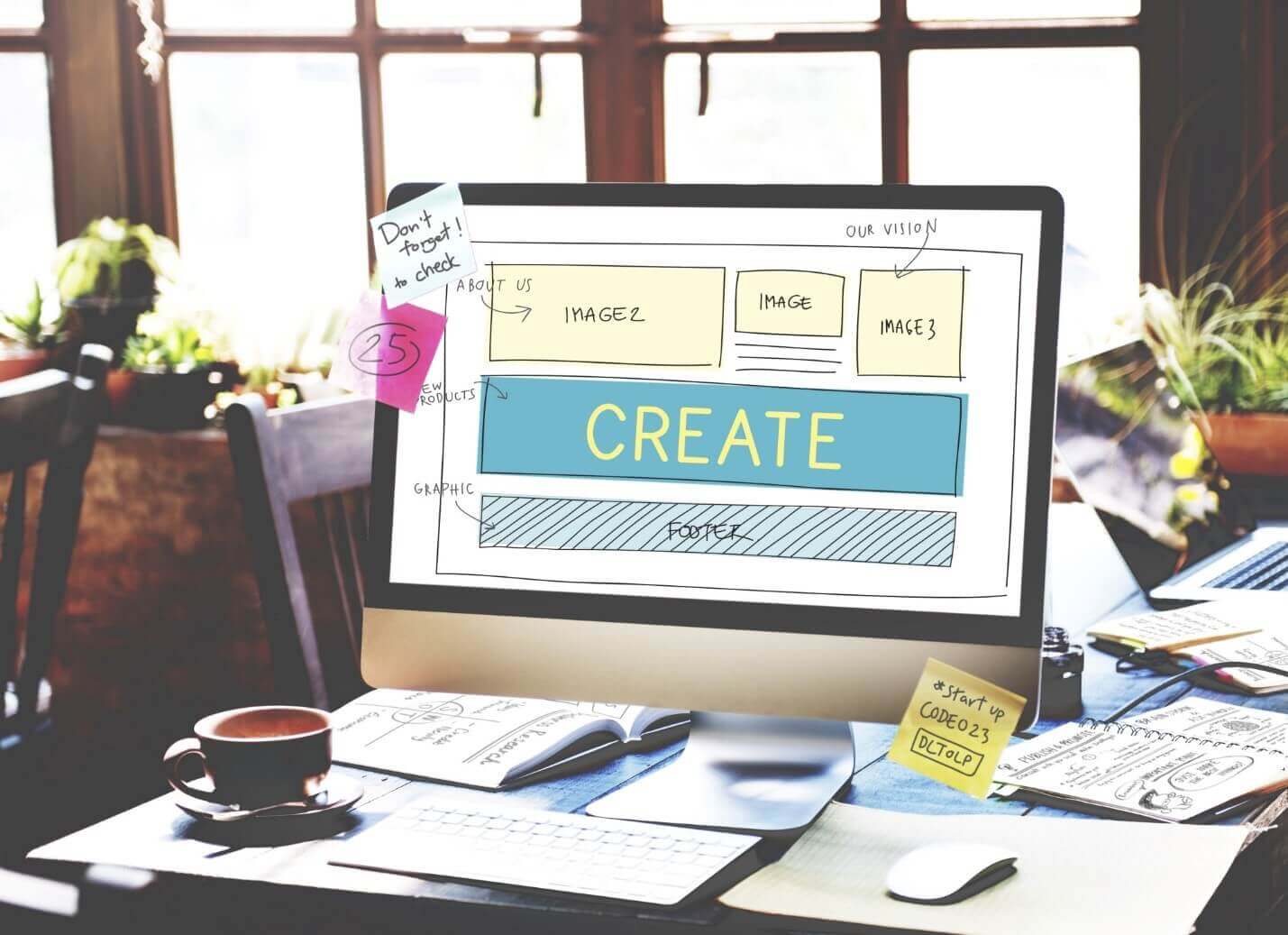Did you know that if your page takes longer than three seconds to load, 53% of users will abandon your site? Page speed is just one crucial aspect of website UX.
These days, users expect an excellent experience when visiting a site. And if they don’t find it, they move onto the next one. So, it goes without saying that investing in improving your user experience is one of the most important things you can do for your business.
So, how do you do that? This guide breaks down six simple, but vital, ways to improve your UX quality so that conversion increases and bounce rate decreases.
1. Begin With User Insights
Before you start making adaptions to your website and UX design, pause for a moment and consider who you’re making the changes for. If you have a new website, you’ll need to identify your target audience and create a persona for which you can design your website for.
However, if your website has been up and running for a while, then there are a few ways to dive deep into user insights. Firstly, ask your users for feedback. Give them a channel to let you know if there are any pain points on your site that you can fix.
If you really listen to your customers, you can make your UX quality perfect for the people who actually use it.
Another way to dive into user insights is to analyze data and user behavior on your website. That way you can journey map through channels and devices and make use of a heatmap to contextualize user sessions.
The best way to do this is to use a session replay such as the AI-powered technology offered by Decibel.
2. Optimize Your Page Speed
It only takes a couple of seconds of waiting for a page to load before a user gets frustrated and leaves. You can use all the amazing web design tips and have a beautiful, easy-to-navigate website, but if the loading time is slow, then everything else won’t matter much.
People expect fast browsing. They want to be able to scroll your website in the five minutes that it takes for their bus to arrive. Improve your bounce rate and your website UX by improving the speed.
You can test your site speed with Google’s free service. Once you know your speed, there are a few tips to improve it. For example, compress your images before uploading.
3. Take Advantage of Whitespace
Don’t feel the need to fill up white space on your website or to see it as unused real estate. In fact, you probably need some more whitespace! Making use of whitespace is one of the most important web design tips.
‘Whitespace’ doesn’t need to be white, it’s referring to the space between texts, images, videos, and other content on your site.
When there’s too much happening on a page, it’s overwhelming for users and difficult to process and read. Whitespace improves the comprehensibility and readability of your page. It can also be cleverly used to direct a user’s gaze towards certain calls to action or imagery.
4. Use Images and Videos (Smartly)
Visual elements are an absolute must when it comes to UX quality. In fact, using videos on your landing page can increase conversions by up to 80%.
While using videos and images are important, equally important is what you use and how you use it.
First of all, web users are more tech-savvy than ever. They know how to distinguish a professional website from a slap-dash page. When someone lands on your site for the first time, you need to leave a good impression. Using stock images that a user has probably seen somewhere else is not ideal.
Stock photography doesn’t convey your brand and fails to make a connection with the user. Create your own images and videos for a powerful UX design.
Secondly, don’t overwhelm users with visuals. Make use of whitespace and make different elements on your page visually distinct so that they’re easy to identify and it doesn’t look like one big jumbled mess.
5. Improve Navigation
One of the most frustrating experiences for a user on your site is when they can’t easily navigate to the page they need. If it’s difficult for your customer to find something on your site, they’re not going to stick around for very long.
Navigation is one of the most important UX tools, pay attention to it. Your navigation menus should be concise, easy to understand, visually distinct, and user-friendly.
Try to keep options limited (between 3 and 7) as you don’t want to overwhelm your user with a mile-long drop-down bar. Ensure that you have a search function for customers to quickly find what they want. And always make your logo send users back to the home page if they click it.
6. Consistency Is Key
All your pages throughout your website need to be consistent. This means sticking with the same heading sizes, font choices, button styles, colors, design elements, and more. There should be a coherent theme.
If each of your pages is different, your user will have a confusing experience on your site. For a seamless experience that leaves a good impression, remain consistent always.
Is Your User Experience the Best It Can Be?
While reading this have you noticed some areas that your user experience is lacking? You can start improving UX quality today with these simple steps. Remember, always focus on customer insights to ensure that you’re making the right changes for the right people.
Did you find this post interesting? Our site is full of tech and marketing content to keep you up-to-date and informed — keep exploring for more!


